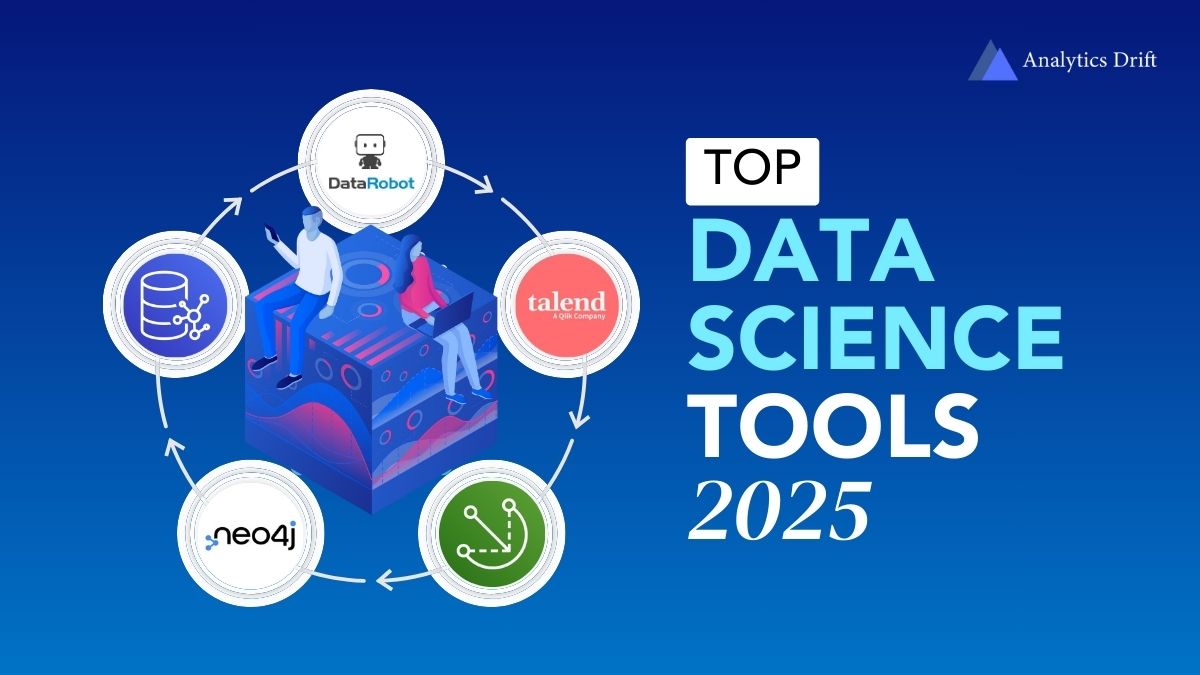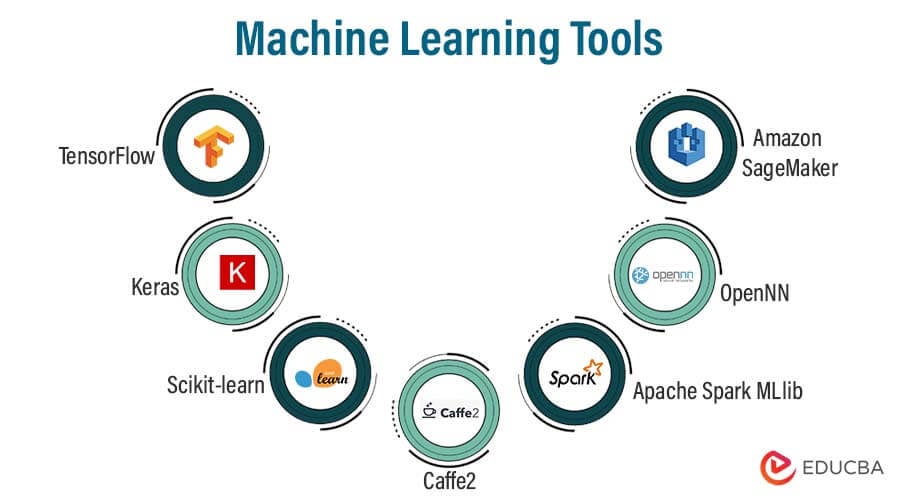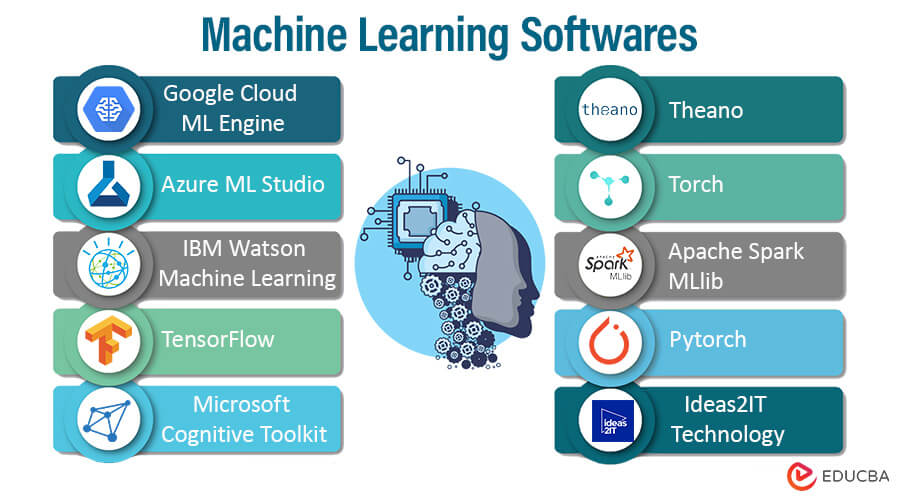
Introduction
Overview of Machine Learning Tools
In today’s rapidly evolving world of technology, machine learning (ML) tools have become indispensable for data scientists. They enable professionals to build models, analyze data, and extract insights efficiently. As a data enthusiast, one can appreciate how tools like TensorFlow, Scikit-learn, and PyTorch empower users to transform raw data into valuable information with minimal effort. Imagine effortlessly identifying patterns in vast datasets!
Some key features of popular ML tools include:
- TensorFlow: Flexibility in creating deep learning models.
- Scikit-learn: User-friendly API for classic ML algorithms.
- PyTorch: Dynamic computation graphs for ease of experimentation.
Significance of Machine Learning in Data Science
Machine learning has revolutionized data science by allowing for the automation and efficiency of processes that once relied heavily on manual intervention. In a way, it’s like having a supercharged assistant that can analyze through mountains of data in the blink of an eye. This significance is particularly evident in areas such as:
- Predictive Analytics: Enhancing decision-making in industries like finance and healthcare.
- Personalization: Tailoring user experiences in e-commerce through recommendation systems.
As we delve deeper into the top 5 machine learning tools for data scientists in 2025, it becomes evident how these tools shape our analytical landscape.

Machine Learning Tool 1: TensorFlow
Features and Capabilities
As one of the frontrunners in the machine learning landscape, TensorFlow has garnered tremendous attention for its robust features and capabilities. Developed by Google, this open-source library allows data scientists to create complex neural networks with ease.
Some remarkable features include:
- Flexibility: TensorFlow supports various ML and deep learning architectures.
- Ecosystem: An extensive suite of tools like TensorBoard for visualization helps model training.
- Community Support: It has a vast support network, from tutorials to forums, making it easy for newcomers to learn.
As someone who has used TensorFlow for personal projects, the flexibility it offers in building custom models is particularly impressive.
Use Cases and Applications
TensorFlow’s versatility allows it to shine in various real-world applications:
- Image Recognition: Popular in healthcare for identifying diseases through medical imaging.
- Natural Language Processing (NLP): Powering chatbots and voice assistants for seamless user interaction.
- Recommendation Systems: Enhancing user experience in platforms like Netflix and Spotify.
These applications highlight TensorFlow’s pivotal role in shaping the future of machine learning and its practical implications for data scientists today.

Machine Learning Tool 2: Scikit-learn
Functions and Usability
Transitioning into our next powerful player in the machine learning toolkit, Scikit-learn stands out for its user-friendly interface and wide array of functions. Ideal for beginners and seasoned data scientists alike, Scikit-learn simplifies the modeling process significantly.
Key functions include:
- Supervised Learning: Supports regression and classification algorithms like linear regression and support vector machines.
- Unsupervised Learning: Tools for clustering, such as K-means and hierarchical clustering.
- Model Evaluation: Comprehensive metrics for assessing the performance of different models.
Having used Scikit-learn in various projects, I can vouch for its intuitive design that streamlines the machine learning workflow, making even complex tasks feel manageable.
Integrations and Compatibility
One of Scikit-learn’s standout features is its compatibility with other popular Python libraries. This allows for seamless integrations, creating a more powerful analytical environment. It works effortlessly with:
- NumPy: For numerical operations, ensuring quick computations.
- Pandas: Handling data manipulation and cleaning with ease.
- Matplotlib and Seaborn: For creating visually appealing data visualizations.
These integrations highlight Scikit-learn’s essential role in the broader data science ecosystem, enriching the capabilities of data scientists as they tackle various challenges.

Machine Learning Tool 3: PyTorch
Advantages and Performance
As we delve into our third outstanding machine learning tool, PyTorch, it’s essential to highlight its unique advantages and exceptional performance. Developed by Facebook’s AI Research lab, PyTorch has carved out a niche for itself, especially among researchers and developers.
What makes PyTorch stand out?
- Dynamic Computation Graphs: This feature allows for real-time changes during model training, making debugging and experimenting much more intuitive.
- Ease of Use: Its Pythonic nature provides a straightforward coding experience, which lowers the barrier to entry.
- High Performance: With built-in support for GPUs, PyTorch enables faster computations, essential for training large models on vast datasets.
In my own experience, using PyTorch has often felt like a breath of fresh air due to its flexibility, allowing me to iterate designs quickly.
Community Support and Resources
An equally compelling aspect of PyTorch is its thriving community and extensive resources. This support system comes in handy, especially for those just starting out. Key resources include:
- Official Documentation: Clear and comprehensive, covering everything from basics to advanced topics.
- Online Forums: Platforms like Stack Overflow are buzzing with activity, where users share solutions and experiences.
- Tutorials and Courses: Numerous online courses—both free and paid—are tailored to various skill levels.
With this kind of vibrant community backing, PyTorch not only empowers users but also fosters collaboration and learning, making it a go-to tool for many data scientists.

Machine Learning Tool 4: Apache Spark MLlib
Scalability and Speed
As we explore Apache Spark MLlib, it’s important to emphasize its scalability and speed—features that set it apart in the world of big data processing. Designed to handle large volumes of data efficiently, Spark MLlib is perfect for organizations tackling extensive datasets.
Key advantages include:
- In-Memory Computation: With its ability to process data in-memory, Spark enhances performance, significantly reducing the time taken for iterative algorithms.
- Horizontal Scalability: Users can easily expand their computational resources, allowing teams to manage increased data loads without major overhauls.
- Speedy Performance: Many users report timesavers of up to 100 times faster than traditional disk-based processing engines.
Having utilized Spark MLlib in big data projects, I’ve often marveled at how it streamlines complex computations across extensive datasets.
Parallel Processing and Data Handling
Another major highlight of Apache Spark MLlib is its exceptional parallel processing capabilities, making it a powerhouse for data handling.
Key features include:
- Distributed Architecture: This architecture enables the simultaneous processing of large datasets across a cluster of machines.
- Versatile Data Handling: It natively supports various data formats, including JSON and Parquet, facilitating easy integration with different data sources.
- Advanced Analytics: Users can leverage built-in libraries for machine learning tasks, simplifying everything from classification to clustering.
With its robust data-handling capabilities, Spark MLlib has become a favorite tool for data scientists looking to glean insights from vast datasets efficiently. This tool exemplifies how technology can evolve alongside the needs of a data-driven world.

Machine Learning Tool 5: H2O.ai
Automation and Efficiency
Wrapping up our exploration of the top 5 machine learning tools, H2O.ai emerges as a formidable contender, particularly known for its emphasis on automation and efficiency. H2O.ai aims to streamline the machine learning workflow, making it easier for data scientists to build and deploy models quickly.
Key features include:
- AutoML: A game-changer that automatically selects the best algorithms and hyperparameters to optimize model performance with minimal manual intervention.
- User-Friendly Interface: Its intuitive web-based interface allows even non-technical users to build complex models without deep programming knowledge.
- Rapid Model Training: Leveraging distributed computing, H2O.ai can handle large datasets efficiently, ensuring quick results.
In my own projects, I’ve found that using H2O.ai can significantly cut down the time required for model development.
Model Interoperability and Deployment
Another standout feature of H2O.ai is its robust model interoperability and deployment capabilities.
What users appreciate:
- Support for Various Frameworks: H2O.ai seamlessly integrates with popular frameworks like TensorFlow and Scikit-learn, enabling data scientists to enhance existing models.
- Easy Deployment: Users can export models to RESTful APIs or use them within various environments, making sharing insights straightforward.
- Scoring and Monitoring: Built-in features allow users to monitor model performance post-deployment, ensuring models continue to deliver accurate predictions.
With H2O.ai’s strong focus on automation and interoperability, it emphasizes not just model creation but also efficient deployment—the full lifecycle of machine learning. It serves as an essential tool for forward-thinking data scientists eager to leverage the full potential of their data.

